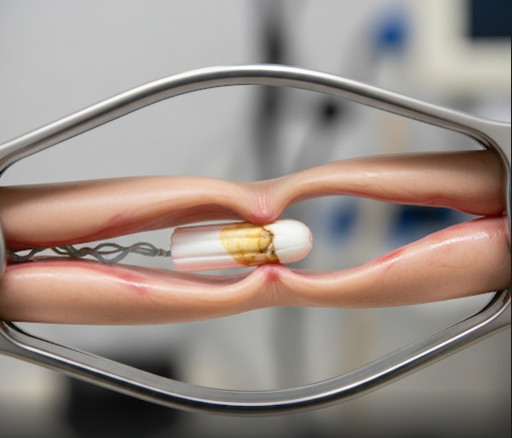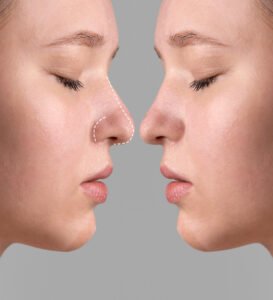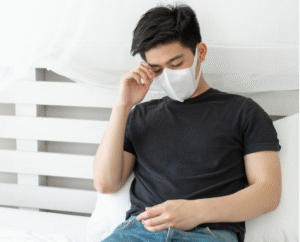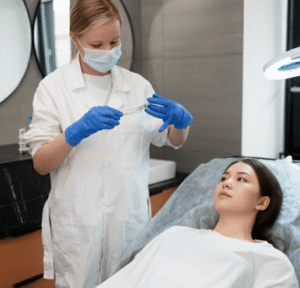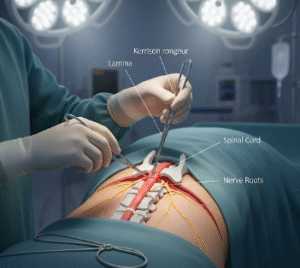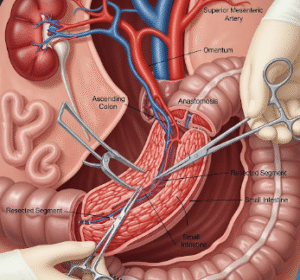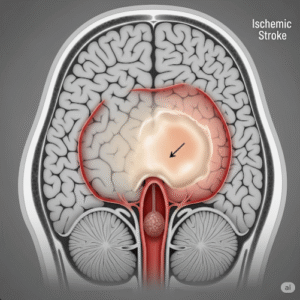Overview
A retained object in the vagina—most commonly a tampon left in place for too long—can lead to infection, foul-smelling discharge, and in severe cases, a dangerous condition called Toxic Shock Syndrome (TSS). Other possible retained objects include contraceptive devices, menstrual cups, condoms, or fragments of medical dressings. Prompt recognition and removal are essential to prevent complications.
What is a Retained Object or Tampon?
A retained vaginal object occurs when a foreign item remains inside the vagina longer than intended. Tampons are the most frequent cause, often forgotten during menstruation or when using more than one tampon accidentally. Retained items can trap bacteria, disrupt normal vaginal balance, and cause infection. In rare cases, they may cause systemic illness if toxins enter the bloodstream.
Symptoms
Common symptoms of a retained tampon or object include:
- Strong, foul-smelling vaginal discharge
- Vaginal irritation, itching, or discomfort
- Pain or pressure in the pelvic area
- Unusual vaginal bleeding or spotting
- Fever or flu-like symptoms (possible sign of TSS)
- Lower abdominal pain
- Difficulty urinating (in severe cases)
Causes
Retained vaginal objects usually result from:
- Forgetting to remove a tampon after menstruation
- Using multiple tampons at once (accidentally inserting a new one without removing the old)
- Retained menstrual cup or contraceptive device
- Fragments of medical dressings left after gynecological procedures
- Sexual activity with small items inserted and forgotten
Risk Factors
Factors that increase the risk include:
- Heavy menstrual flow requiring frequent tampon changes (higher chance of forgetting)
- Use of high-absorbency tampons
- Alcohol or drug use leading to reduced awareness
- Adolescents or first-time tampon users unfamiliar with proper use
- Post-surgical patients with vaginal packing or dressings
Complications
If untreated, a retained tampon or object can lead to:
- Bacterial vaginosis or other vaginal infections
- Pelvic Inflammatory Disease (PID)
- Toxic Shock Syndrome (TSS) – a life-threatening bacterial toxin reaction
- Infertility (if severe infection spreads)
- Chronic pelvic pain
Prevention
- Always remove tampons within 4–8 hours
- Never use more than one tampon at a time
- Keep a menstrual hygiene checklist during periods
- Use alarms or reminders for tampon changes
- Learn proper insertion and removal techniques
- Seek immediate medical attention if symptoms appear
Treatment Options in Korea
South Korea has highly advanced gynecological services for diagnosing and managing retained vaginal objects.
1. Immediate Removal – Conducted by a gynecologist in a sterile clinic setting, using a speculum examination to visualize and gently remove the object. In some cases, local anesthetic is used for comfort.
2. Infection Management – Antibiotics prescribed if bacterial infection is present, along with probiotics to restore healthy vaginal flora.
3. Toxic Shock Syndrome (TSS) Care – Emergency hospital treatment including IV fluids, antibiotics, and supportive care at top Korean medical centers.
4. Diagnostic Support – Vaginal swabs and cultures to identify bacterial strains; ultrasound or pelvic exam to ensure no fragments remain.
5. Integrative Care in Korean Medicine – Herbal formulations to support immune recovery; gentle herbal steam therapies (“Chai-yok”) in women’s wellness clinics for vaginal health.
6. Leading Korean Hospitals for Gynecological Emergencies
- Severance Hospital – Department of Obstetrics & Gynecology
- Asan Medical Center – Women’s Health Unit
- CHA University Medical Center – Gynecology Department

